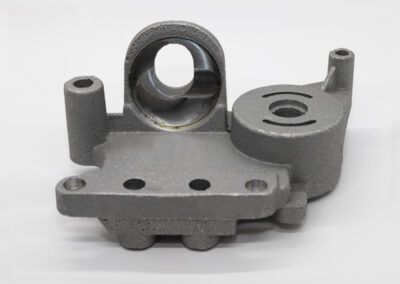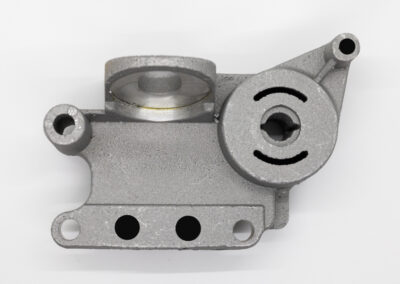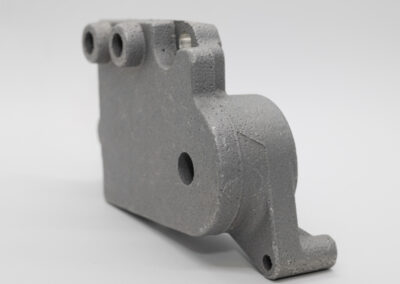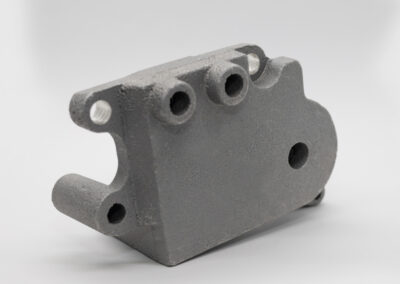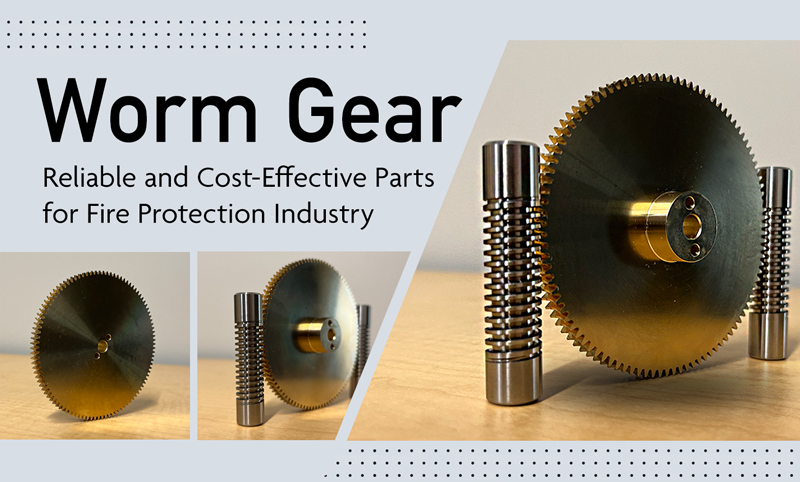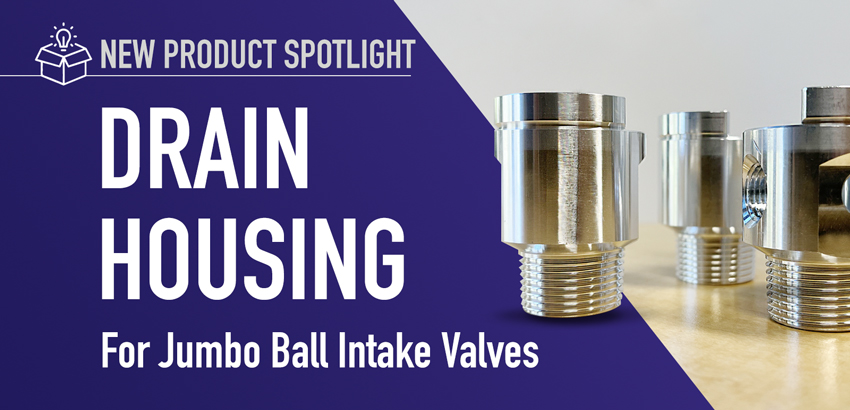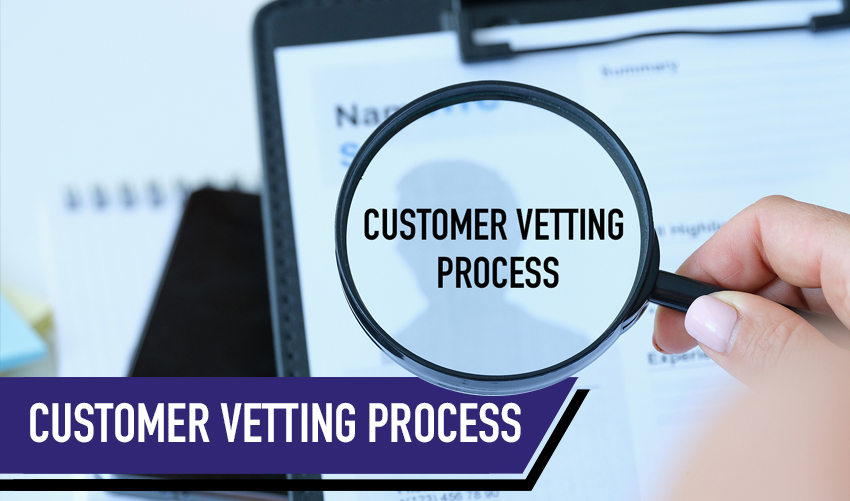In the realm of manufacturing, every once in a while, we encounter challenges that demand innovative solutions. Such was the case when a customer approached us with a request for a valve body cast component that had proven exceedingly difficult to procure.
The volume required and the specific manufacturing process used presented formidable obstacles. In this case study, we will explore how our Mechanical Power team successfully leveraged reverse engineering and casting methods to deliver a sample for review and approval, overcoming these challenges.
Customer’s Challenge
Our customer’s request revolved around a valve body cast component crucial for their operations. However, obtaining this part through traditional means was a herculean task. The primary issues were twofold: volume and the manufacturing process. The required volume exceeded what most suppliers could accommodate, making it logistically challenging.
Adding to the complexity, the component was originally manufactured through a lost foam casting process, a method not commonly found in the industry. It was clear that conventional procurement methods wouldn’t suffice.
Reverse Engineering Approach
The first step in addressing this challenge was to employ reverse engineering. We acquired the original valve body cast component and initiated a meticulous inspection and measurement process. Using advanced measurement techniques and software, we painstakingly collected data on the component’s dimensions, structure, and intricacies.
This data was then used to create detailed 3D models that faithfully replicated the original part’s specifications. The reverse engineering approach was crucial in enabling us to reproduce the component with precision.
Manufacturing Process Using Casting
With the reverse-engineered design in hand, we moved on to the manufacturing phase. Choosing the right casting method was critical to achieving the desired results. After careful evaluation, we opted for the sand casting method, which allowed for the production of complex shapes and intricate details.
Molds and patterns were meticulously developed based on the 3D models. The casting process itself involved the melting and pouring of the chosen material into the molds, followed by the crucial steps of solidification and cooling.
Post-casting operations were carried out to remove excess material and ensure the component’s surface quality.
Sample Production and Review
The success of this endeavor hinged on our ability to deliver a sample of the replicated valve body cast for the customer’s review and approval. The Mechanical Power team worked diligently to bring this sample to fruition.
The replication process was carried out with precision, and the final cast valve body was a testament to the effectiveness of the reverse engineering and casting methods employed. We presented the sample to the customer for their review. Their approval was vital, as it marked the culmination of our efforts.
Initially skeptical due to the unique challenges involved, the customer was impressed with the accuracy and quality of the replicated part. They recognized the value of our innovative approach in overcoming their procurement difficulties.
Overcoming Challenges
This case study underscores the importance of overcoming challenges in the manufacturing industry. The volume and scarcity issue were addressed through reverse engineering and sand casting, demonstrating the adaptability and flexibility of modern manufacturing methods.
Navigating the complexities of lost foam casting, a process not commonly encountered, required careful planning and execution. It was a learning experience for our team, and the knowledge gained will be valuable for future projects.
Quality Control and Assurance
Quality control and assurance were paramount throughout the entire process. We implemented stringent measures to ensure that the replicated valve body cast met and even exceeded the customer’s specifications.
Non-destructive testing and dimensional accuracy checks were conducted at various stages to guarantee the component’s integrity. Our commitment to quality assurance was instrumental in building trust with the customer.
Did You Know?
For more than forty years Mechanical Power has been supplying high-quality parts at competitive prices from around the world.
Maximize efficiency of your equipment.
Customer Approval and Feedback
Ultimately, the customer’s approval and feedback were the ultimate markers of success. Their positive response to the delivered sample validated our approach and highlighted the significance of reverse engineering in solving complex challenges. The satisfaction of the customer was a testament to our dedication to excellence.
In the world of manufacturing, challenges are inevitable, but innovation and adaptability can lead to remarkable solutions. The case study of valve body cast reverse engineering exemplifies how reverse engineering and casting methods can be used to overcome even the most daunting challenges.
It underscores the importance of embracing new approaches and technologies to meet the unique needs of customers. This successful endeavor not only resolved the customer’s procurement difficulties but also paved the way for future projects where unconventional solutions are required.
In a field where precision and innovation are paramount, the combination of reverse engineering and casting methods proved to be a winning formula.
This case study serves as a testament to the dedication and expertise of the Mechanical Power team, showcasing our ability to deliver results when faced with complex challenges.

Resourceful and innovative Marketing Pro, with 20+ years of progressive experience in the marketing and creative technology industry. Responsible for digital and traditional marketing efforts that promotes brand awareness, increases engagement, and drives revenue.



